National Oceanographic Museum Nha Trang is Southeast Asia’s largest marine life research center. This is a place to store, display, and preserve marine species. The most outstanding is the huge collection of marine life specimens, including corals, seaweed, whales, and sharks. If you love to explore the ocean world, this is a destination you should not miss if you travel to Nha Trang.
Location And Opening Hours
National Oceanographic Museum Nha Trang is located at 01 Cau Da, Vinh Hoa Ward, Nha Trang City, Khanh Hoa Province, far away 6 kilometers from the city center. This structure has a scale of 20 hectares, divided into 4 main display and sightseeing areas, with more than 20,000 specimens
Opening hours: 6:00 am – 6:00 pm
Fees:
- Adult: 40,000 VND/ per
- Student: 20,000 VND/ per
- Children: 10,000 VND/ per
The History Of National Oceanographic Museum Nha Trang
National Oceanographic Museum Nha Trang was established on September 14, 1922. At that time, the research institute was called the Indochina Institute of Oceanography (Service océanographique des pêches de L’Indochine). The Institute had the purpose of exploring natural conditions and marine resources, combining exploitation and fishing activities in the East Sea, including the Hoang Sa (Paracels) Islands, Truong Sa (Spratly) Islands, and Tonle Sap (Cambodia).
In 1930, the institute underwent an upgrade, changing its name to the Indochina Institute of Oceanography (Institut océanographique de L’Indochine). In 1952, to comply with the decision of the French Government and the Southern Government at that time, the Nha Trang Institute of Oceanography changed its name to Nha Trang Oceanographic Institute (L’Institut Océanographique de Nha Trang).
After unification, Nha Trang Marine Institute and Hai Phong Marine Research Institute merged into a single institute, called Nha Trang Marine Research Institute, under the Vietnam Academy of Science and Technology.
Best Time To Visit
Nha Trang has a climate divided into two distinct rainy and dry seasons. The dry season lasts from January to August, and the rainy season from September to December, with the rainiest in October and November.
If you want to have a trip to visit and explore National Oceanographic Museum Nha Trang, you should arrange to come here during the day. The institute is open until 6:00 pm, so people can come in the morning. This is the time when it is not too sunny and does not cause fatigue when moving.
How To Get There
By bus
Travelers can take bus number 04 in the city center area. The last stop of bus line 04 is National Oceanographic Museum Nha Trang.
By rented car/motorbike
Travelers can depart according to the following route: Nha Trang City Center – Le Thanh Ton Street – Tran Phu Street – Cau Da Port – National Oceanographic Museum Nha Trang.
What To Expect At The National Oceanographic Museum Nha Trang
National Oceanographic Museum Nha Trang is divided into 5 main subdivisions
Explore the Aquarium and Mangrove Zone
The aquarium at the National Oceanographic has a total area of 5,000 m2, including a system of lakes and aquariums. This is a place to raise more than 300 species of marine life, like a miniature ocean. The aquarium is designed according to an ecological model, divided into ocean areas, making it easy for travelers to learn and visit.
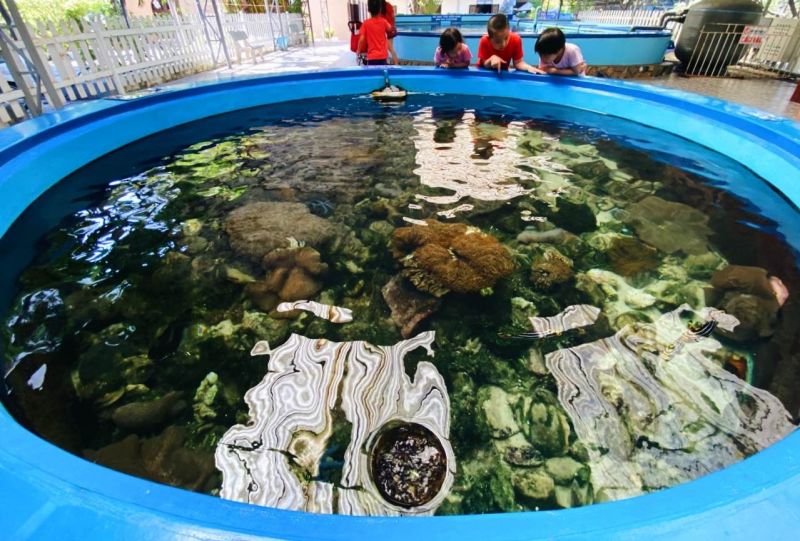
Marine animals raised here include sea turtles, sharks, rays, eels, groupers, live coral reefs, marine ornamental fish, and lobsters. With information recorded and displayed, travelers can combine sightseeing, watching fish, and better understanding each species.
Learn about the Large specimen in the sea
The large specimen zone is the largest area of up to 200 m2, attracting the most crowds at the National Oceanographic Museum Nha Trang. This is a place to display and store specimens of giant-sized marine species. The most outstanding specimens in the Large Specimen area at the National Oceanographic Museum Nha Trang can be mentioned as:
- Humpback whale skeleton (Megaptera novaeangliae): more than 18 meters long, weighs nearly 10 tons, and has an estimated lifespan of 200 years. This whale skeleton is found in the Red River Delta area, buried underground for at least 200 years before being excavated.
- Dugong dugong skeleton: about 3 meters long, weighing about 600 kg. This is a skeleton found in Con Dao National Park.
- Manta birostris skeleton: about 3.5 meters long, about 1 meter wide, weight 1 ton. This is a giant ray, the second largest among fish.
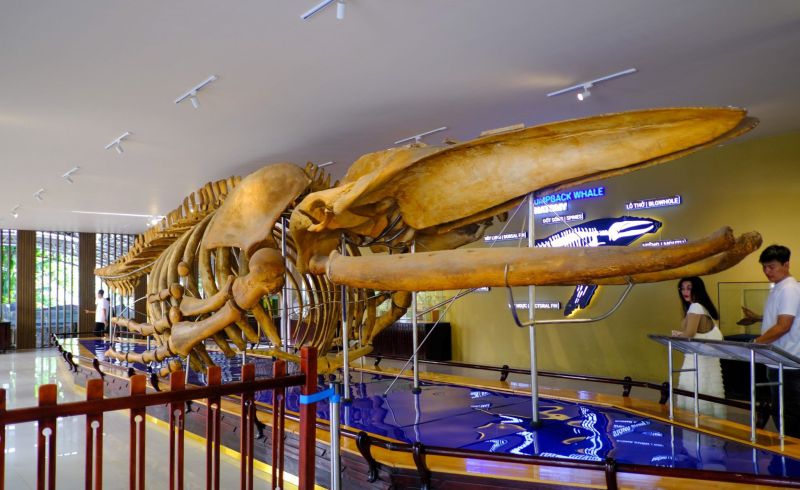
In addition, the Large Specimen area also displays rare specimens. travelers can admire rare marine species, such as kingfish, sturgeon, sharp-tailed sunfish, seals, giant clams, bellfish, etc.
Sightseeing the Artificial Reef
The artificial reef zone is an underwater structure built by humans from natural and artificial materials in bottom areas poor in organisms. This is an area located outside the sea, built to attract aquatic species (Fish, mollusks, crustaceans, echinoderms) to gather and feed for development purposes, and to preserve biodiversity. learn. In addition, this is a place that provides the substrate for coral and algae to grow, supporting natural coral recovery.
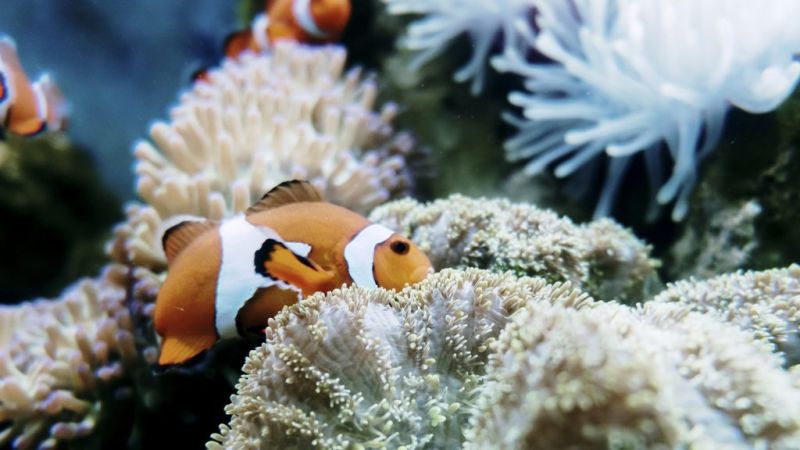
If you want to visit the Artificial Reef area, you will take a boat out to sea and see the underwater world through the glass at the bottom of the boat.
Note: The Artificial reef zone only welcomes guests from 9:00 am to 11:00 am every day.
Marine resources of the Spratly and Paracel archipelago
This is a display area that attracts a large number of visitors within the National Oceanographic Museum Nha Trang campus. This is a project with a tunnel design through Bao Dai Mountain. The tunnel is nearly 100 meters long and about 5 meters high.
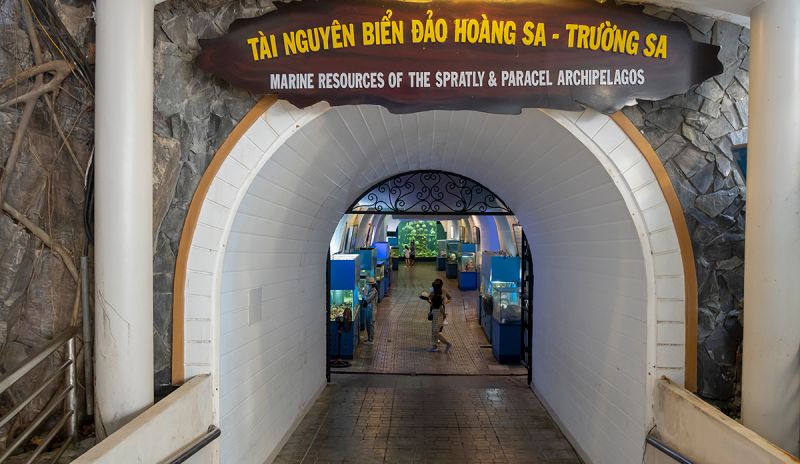
Throughout the tunnel are marine life samples collected from the Hoang Sa, Truong Sa, and neighboring islands from the early 20th century to the present. Here, visitors have the opportunity to admire marine life specimens, including rare species, such as:
- Sharp-tailed sunfish, giant grouper mackerel, eel, grouper
- Precious corals, seaweeds, and marine species have unique shapes
- Rare geological samples: volcanic bombs, coral limestone, biological remains.
In particular, on the Marine Resources of the Spratly and Paracel archipelagos campus there is also a marine aquarium. This is where visitors can watch the typical marine species of the two archipelagos Truong Sa and Hoang Sa swimming around very lively.
Watch the Marine biodiversity underwater
The Marine Biodiversity zone is an area that helps visitors better understand the diversity and richness of the ocean. This is a large-scale display, with more than 23,000 specimens of marine life, belonging to 5,000 different animal species.
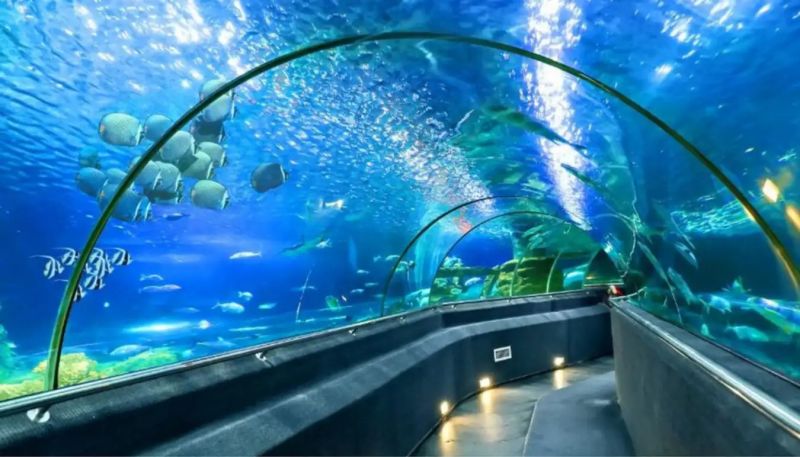
Visitors can watch fish, crabs, and squids swimming, or observe specimens of rare animals such as sharks, dolphins, and rays. In addition, this area also displays specimens of creatures from the East Sea of Vietnam, and freshwater creatures from the Gulf of Thailand, Cambodia, and Southeast Asia.
Attractions Nearby
- Beaches in Nha Trang: There are many beaches with clear blue water and smooth white sand for tourists to visit and have fun, such as Dai Beach, Doc Let Beach, Hon Chong Beach, Hon Gam Beach, etc.
- Ba Ho waterfall: Possessing a poetic beauty with a waterfall in the middle of an old forest, forming a system of 3 lakes. This is an attractive place for camping, sightseeing, and trekking
- Dam market: This is the largest market in Nha Trang center, selling a variety of items. Dam market cuisine is also very attractive with many local specialties.
- Po Nagar Cham Towers: Historical site located near the National Oceanographic Museum Nha Trang, with bold architecture of the ancient Champa dynasty. The tower is built of red bricks, sculpted on eye-catching ceramic stone.
>> Discover more interesting places in Nha Trang here
Tips When Visiting National Oceanographic Museum
- The Artificial Reef zone is only open from 9:00 to 11:00 every day
- Do not make noise and arbitrarily feed sea creatures
- Keep the environment clean. No littering
- Do not arbitrarily touch the specimen
- Do not joke or destroy specimens
- Do not turn on the flash when taking photos, especially if participating in the Artificial Reef tour by glass-bottom boat
- Choose comfortable clothes and shoes for ease of movement
Conclusion
National Oceanographic Museum Nha Trang is the perfect destination for those who want to explore the diverse marine ecosystem. If you are planning a trip to Vietnam, then the National Oceanographic Museum is a destination you should take note of visiting during your trip!
OTHER ATTRACTIONS IN NHA TRANG

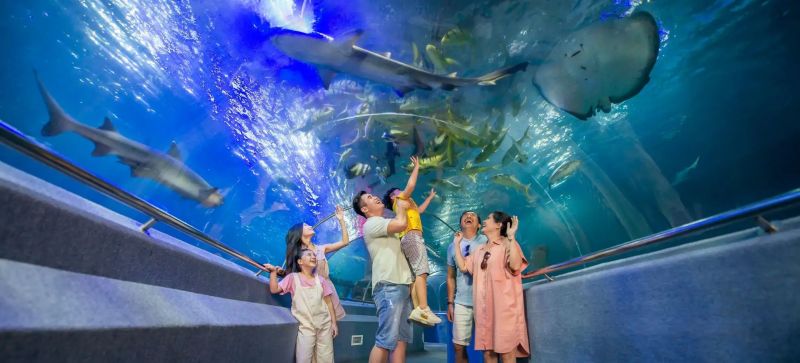

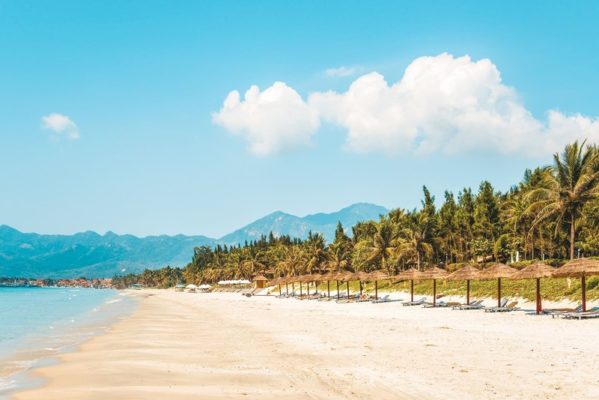
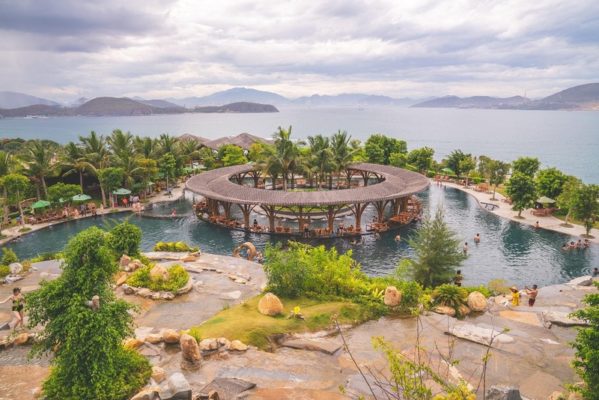
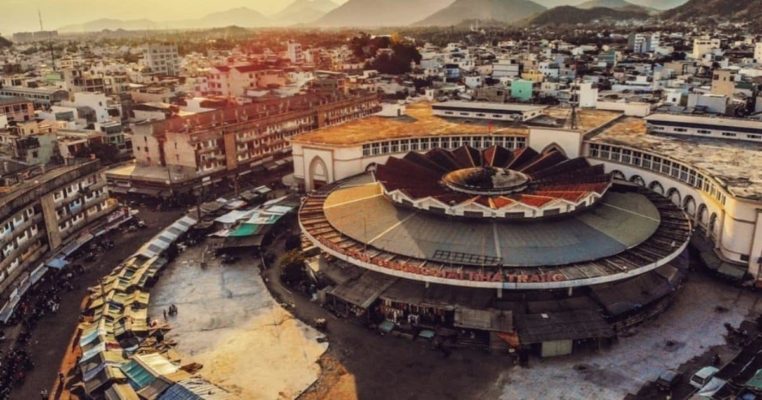
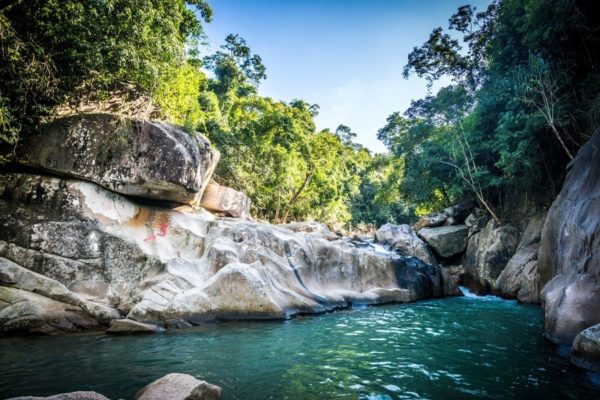

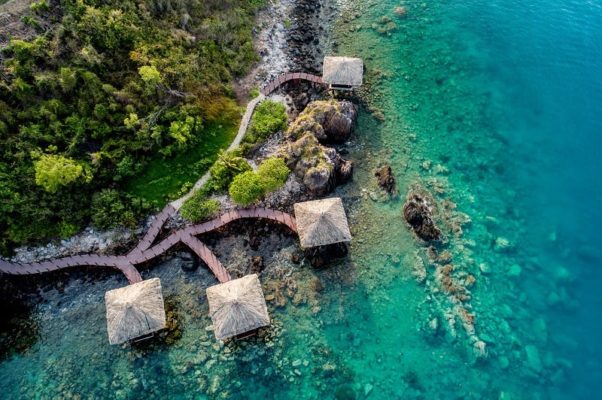
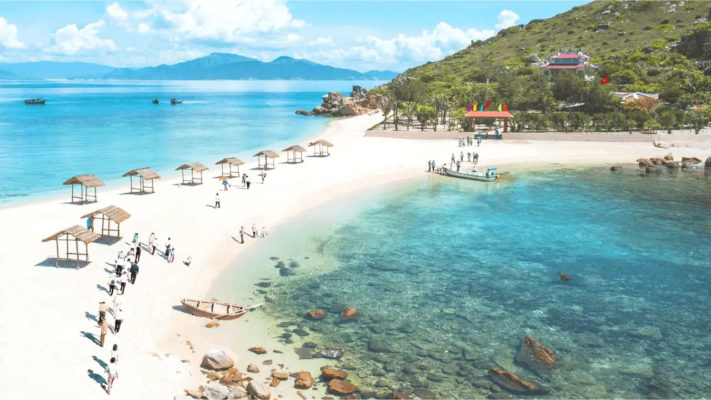
1 Countries 6 Cities
Vietnam Highlights Discovery
Departure City: Mumbai
Latest Departure Date: December 06 2025
15 seats left
Starting fromSave 35% ₹1,12,000
per person on twin sharing with airfares